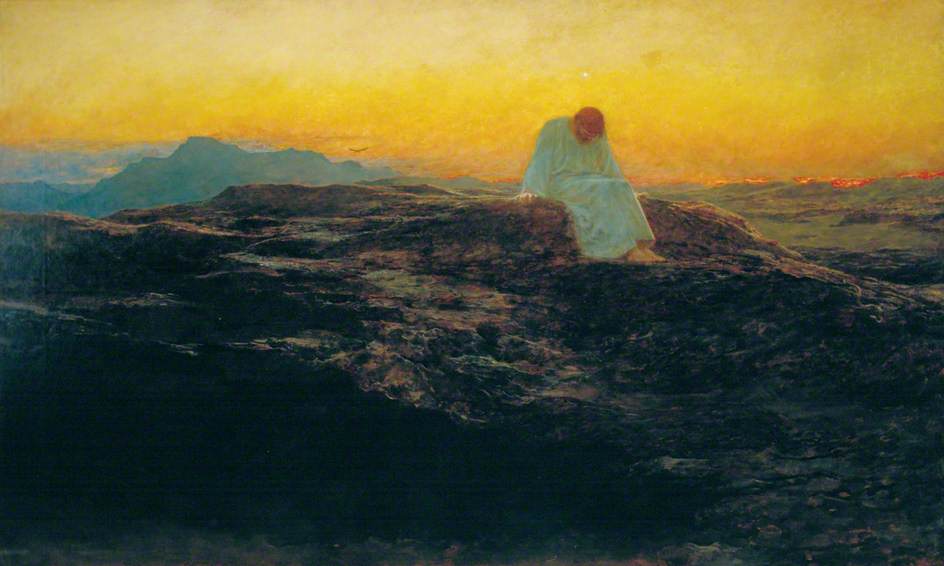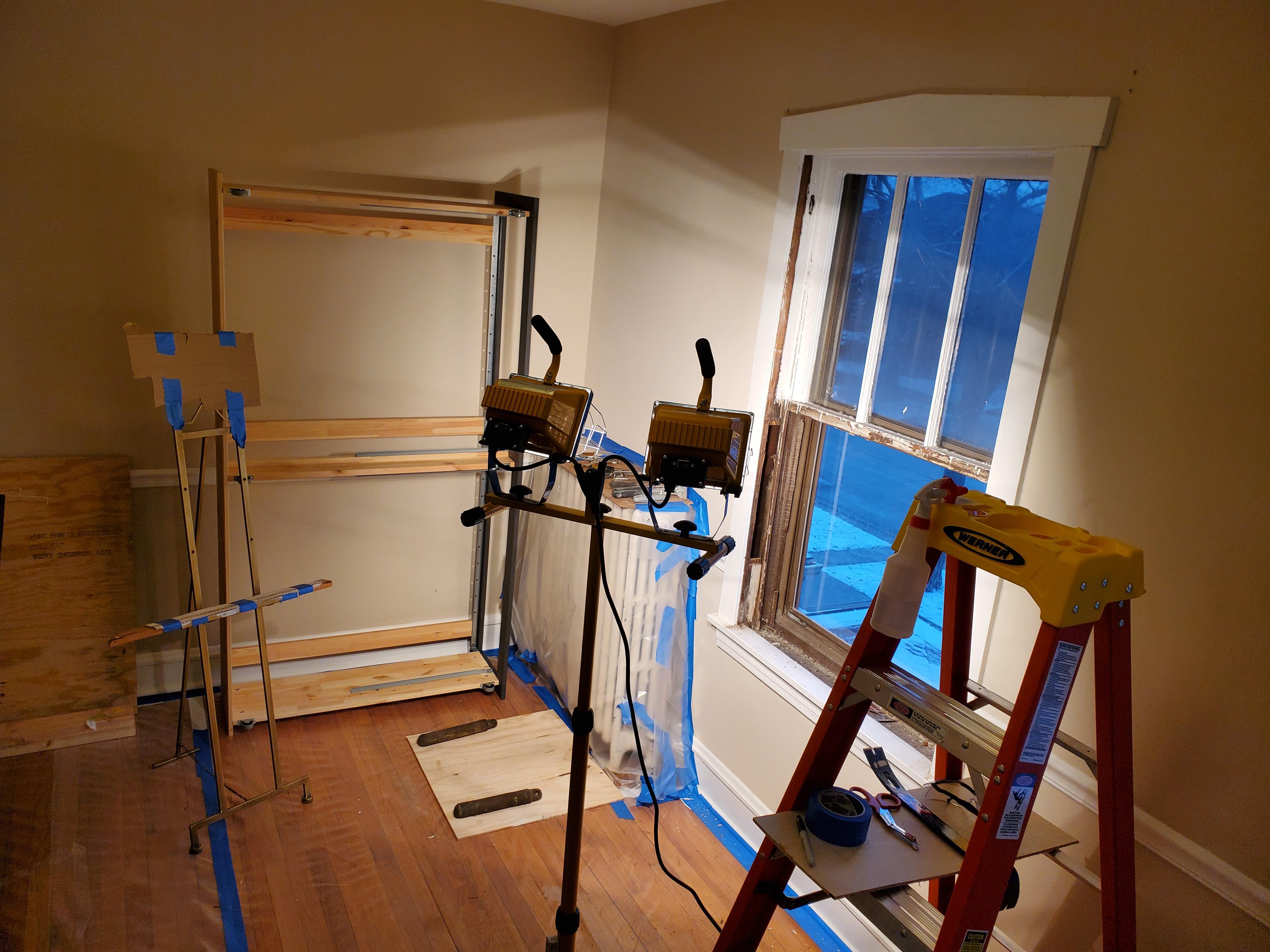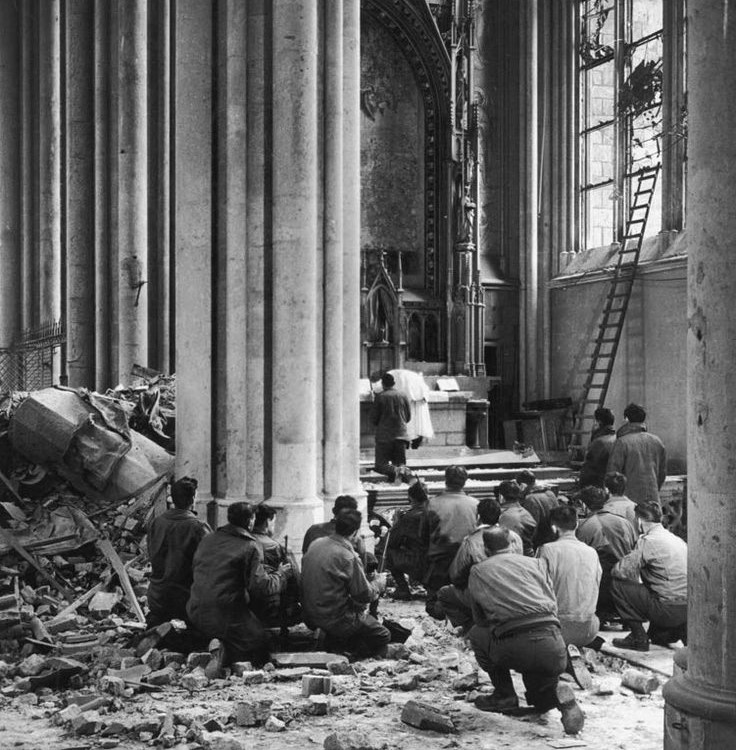feature
Sensing the City
South Side Weekly • January 2018It’s called “the nursery.” A half-dozen white-domed machines lie on racks in a high-ceilinged room at Argonne National Laboratory, about half an hour west of the city. With the low, winter afternoon sun hitting them just right, it’s not a stretch to imagine them as eggs warming in an incubator.
These little plastic nodes are packed with sensors and backed by millions in federal funding. Eventually, the microwave-sized devices will make their way out to lampposts in Chicago or Detroit or Denver or beyond to quietly measure the world around them. They’ll look for traffic patterns, and they’ll measure sound. They’ll count particles in the air and note the amount of carbon monoxide, sulfur dioxide, and other pollutants present. They’ll measure vibration, magnetic fields, and light. And if all goes according to plan, they’ll send this information back to a database where scientists, city officials, hacktivists, and residents will be able to access and analyze the streams of hyperlocal data.
This is the vision of the Array of Things (AoT), a joint initiative between Argonne, a U.S. Department of Energy laboratory operated by a subsidiary of the University of Chicago, the University of Chicago, the City of Chicago, and various technology firms. The project expects to start publishing data from its preliminary nodes to the city’s open-data portal earlier this year, at which point they hope to have a hundred of them up around the city quietly quantifying the traffic, noise, and emissions that make city living unpleasant at least, and environmentally unjust at worst.
AoT is the brainchild of Charlie Catlett, the project lead and a senior computer scientist at Argonne. About six years ago, Catlett began exploring how computer science might help address the challenges of mass urbanization. He looked at geographic variation in life-expectancy data and other metrics, and became alarmed by how much a person’s address dictated their chances of suffering asthma or lead poisoning.
“Depending on what neighborhood you’re in, your experience living in the city is dramatically different than a neighborhood that’s a mile away,” Catlett said. “This sort of bothered me.” He wanted to help “cities move in the direction of ‘better’—however you want to define ‘better’—that could mean less congestion, better air quality, equitable services and opportunities, etc.”
In June 2012, Catlett began several years of conversations with scientists and city officials about what a functional city-wide sensor network might look like—what it should measure, and how it might be deployed. In 2015, the National Science Foundation awarded the University of Chicago a $3.1 million grant to support AoT’s development. The effort adopted the name “Array of Things”—a sort of portmanteau of “array telescope” and the “internet of things”—to suggest a distributed but unified, discrete but interconnected, collection of measuring instruments aimed at understanding life in the city.









